1. Yellowstone National Park, Wyoming, Montana, and Idaho
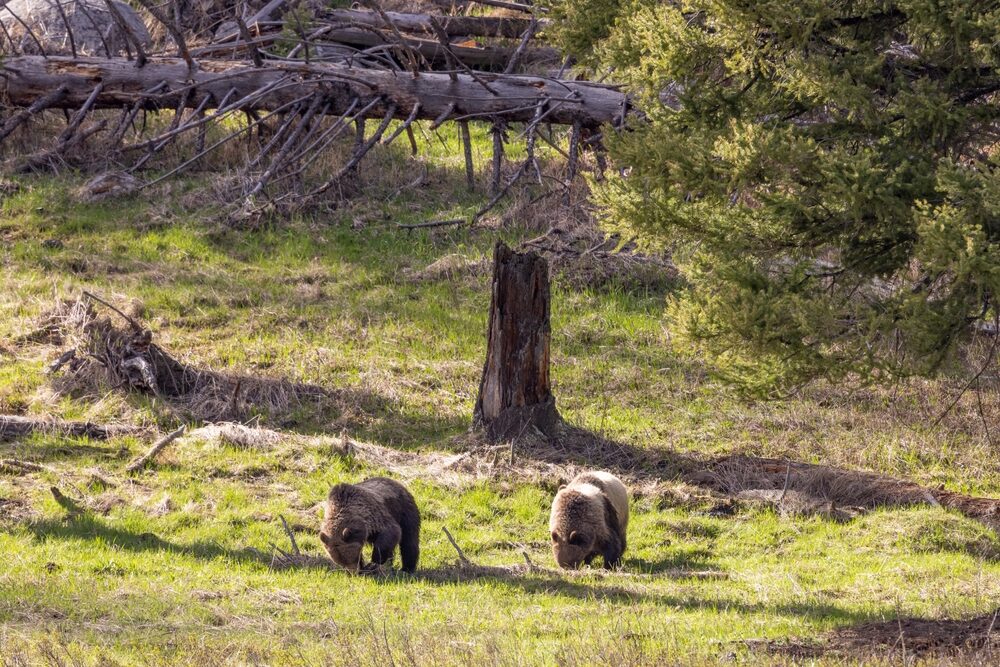
Yellowstone isn’t just the first national park in the U.S.—it’s one of the most breathtaking places to see wildlife in its natural habitat. Stretching across three states, this park is home to an impressive array of animals, from massive bison herds to elusive gray wolves. The Lamar Valley, often called the “Serengeti of North America,” is the best spot for wildlife viewing, where you can witness wolves hunting at dawn or see grizzly bears lumbering through the fields. Elk and moose are also common sights, grazing near rivers and creating picture-perfect moments that feel straight out of a nature documentary.
Beyond the large mammals, Yellowstone is a birdwatcher’s paradise, with bald eagles soaring above and ospreys diving into rivers for fish. The park’s geothermal features add another layer to the experience, as you might find a bison warming itself near a steaming geyser. While summer brings the highest concentration of visitors, winter offers a magical, snow-covered landscape where wildlife stands out even more. No matter the season, Yellowstone delivers an unforgettable encounter with nature, making it a must-visit for anyone passionate about seeing wild animals thrive in their element.
2. Everglades National Park, Florida
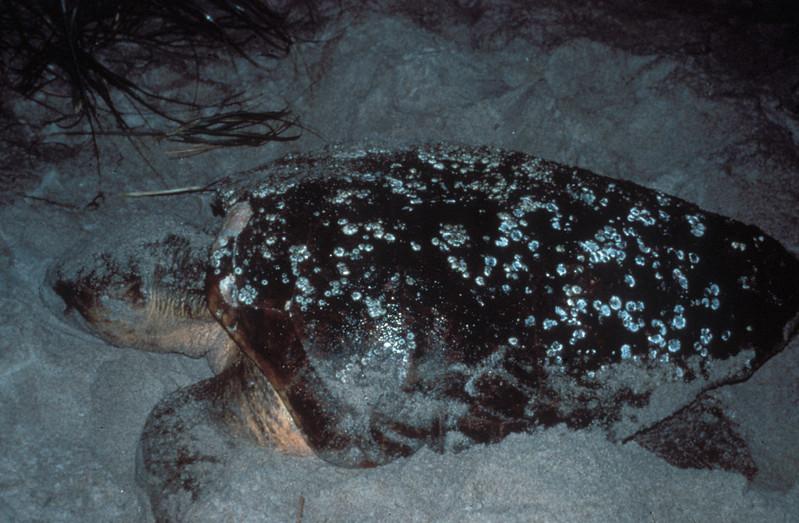
If you think Florida is just theme parks and beaches, think again. The Everglades is one of the most unique ecosystems in the world, home to animals you won’t find anywhere else in the U.S. This subtropical wilderness is famous for its American alligators, which can be seen basking along waterways or silently gliding through the mangroves. But what makes this park even more special is that it’s also home to the critically endangered Florida panther, a rare big cat that few people ever get to see in the wild.
The Everglades’ slow-moving waters create a vast wetland that attracts wading birds like roseate spoonbills, great blue herons, and wood storks. If you take an airboat ride, you might spot manatees swimming peacefully alongside dolphins in Florida Bay. The ecosystem here is delicate yet full of life, constantly shifting with the seasons and tides. Visiting the Everglades isn’t just about seeing animals—it’s about stepping into one of the last untouched wildernesses in America, where nature still holds the upper hand.
3. Denali National Park, Alaska

Alaska’s Denali National Park offers a rugged, untamed landscape where wildlife roams free across six million acres of wilderness. It’s one of the best places in the U.S. to see grizzly bears, moose, and caribou in their natural habitats. Unlike other parks where animals may be used to human presence, Denali’s wildlife remains wild, making every sighting feel like a rare privilege. The park’s namesake, Denali (formerly Mount McKinley), towers in the background, adding to the drama of the scenery.
One of the most thrilling experiences is spotting a wolf pack moving across the tundra, a sight that has become increasingly rare in North America. Dall sheep navigate steep mountainsides, while golden eagles soar overhead, scanning the ground for prey. Because there are no roads leading deep into the park, visitors must take park buses, creating a sense of immersion in nature that few other places can match. Denali isn’t just a place to see animals—it’s a place to be reminded of what true wilderness looks like.
4. Great Smoky Mountains National Park, Tennessee and North Carolina

The Great Smoky Mountains are a haven for wildlife lovers, offering some of the most diverse animal populations in the U.S. This Appalachian treasure is famous for its black bear population, with thousands of bears roaming its dense forests and rolling hills. It’s one of the few places where you can see these animals in large numbers, often foraging near hiking trails or crossing scenic park roads. But black bears aren’t the only attraction—the park is also home to white-tailed deer, wild turkeys, and even the reintroduced elk herds that now thrive in the Cataloochee Valley.
Spring and summer bring an explosion of fireflies, including the rare synchronous fireflies that create a mesmerizing light show each June. The park’s diverse ecosystem supports over 200 bird species, from colorful warblers to majestic hawks, making it a dream destination for birdwatchers. The misty mountain scenery only adds to the experience, creating an almost mystical backdrop for wildlife encounters. Whether you’re hiking through old-growth forests or simply driving along scenic byways, the Great Smokies offer countless opportunities to witness nature at its finest.
5. Channel Islands National Park, California

Just off the coast of Southern California, the Channel Islands feel like a world away from the bustling cities nearby. This remote archipelago is home to some of the most unique wildlife in the country, including species found nowhere else on Earth. The adorable island fox, which was once on the brink of extinction, has made a miraculous comeback here and is now commonly seen scurrying through the brush. Meanwhile, the surrounding waters are teeming with marine life, making this one of the best spots to see seals, sea lions, and even migrating whales.
Birdwatchers will find plenty to love as well, as the islands serve as a crucial nesting site for seabirds like the western gull and the endangered Scripps’s murrelet. The isolation of these islands has allowed wildlife to flourish with minimal human interference, creating an environment where nature thrives in its purest form. Whether you’re kayaking through sea caves or hiking along coastal cliffs, the Channel Islands offer an unparalleled chance to witness wild animals in a setting that feels untouched by time.
6. Grand Teton National Park, Wyoming
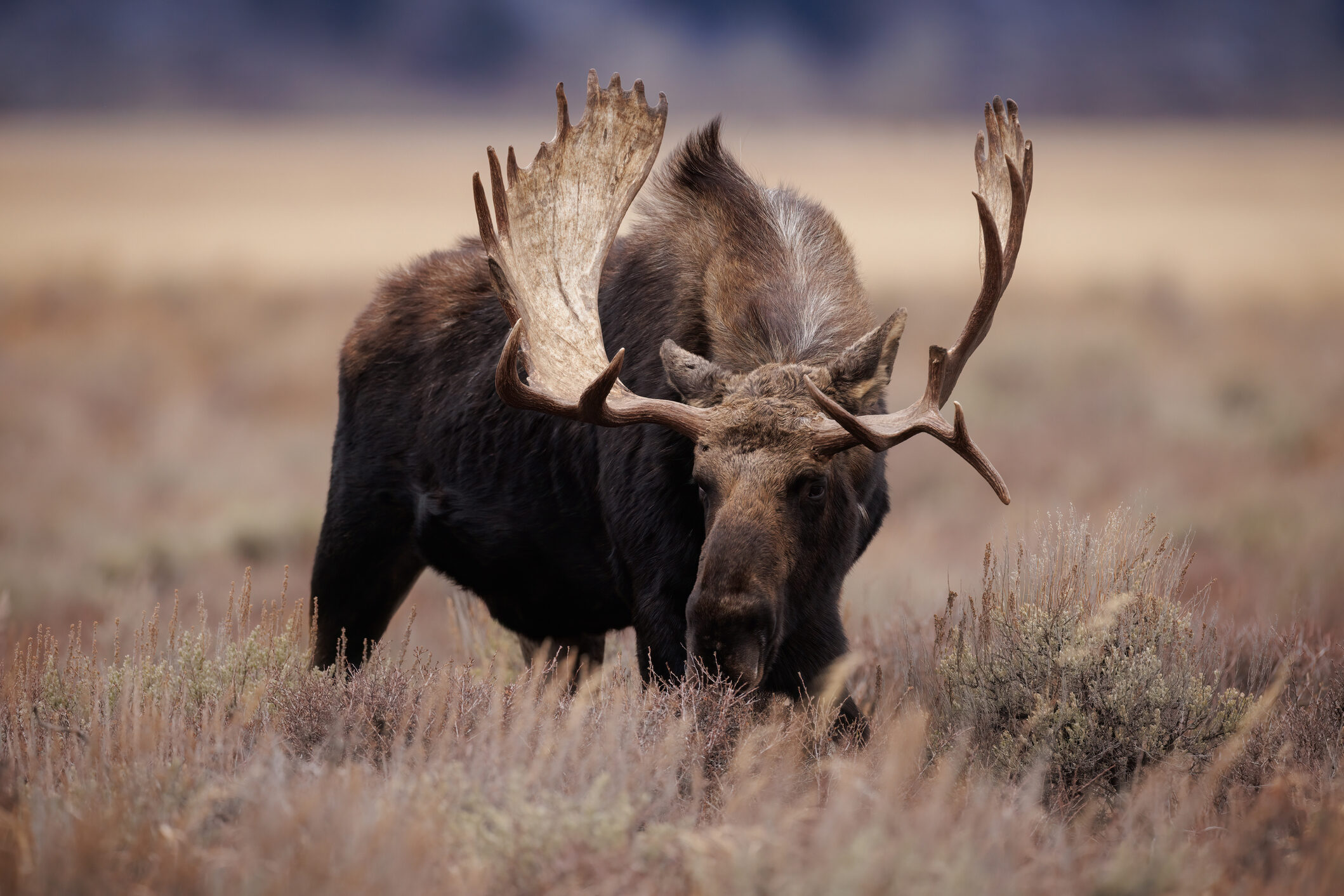
Grand Teton National Park may not be as famous as its northern neighbor, Yellowstone, but it’s just as spectacular when it comes to wildlife. The dramatic Teton Range provides a stunning backdrop for spotting animals like moose, bison, and pronghorn antelope. In the early morning, you might catch a glimpse of a grizzly bear fishing in a river or a bald eagle swooping down to snatch a fish from the water. The Snake River winds through the park, creating prime habitat for a variety of species, including beavers and otters that are often seen playing along the banks.
Autumn is one of the best times to visit, as the park’s elk herds engage in their annual rut, filling the air with the eerie sound of bugling. Winter transforms the park into a snowy wonderland, where wolves and coyotes leave tracks in the fresh powder. Grand Teton offers some of the best wildlife photography opportunities in the U.S., with animals often framed against postcard-perfect landscapes. Whether you’re exploring by foot, car, or boat, the park delivers unforgettable moments where nature takes center stage.
7. Olympic National Park, Washington
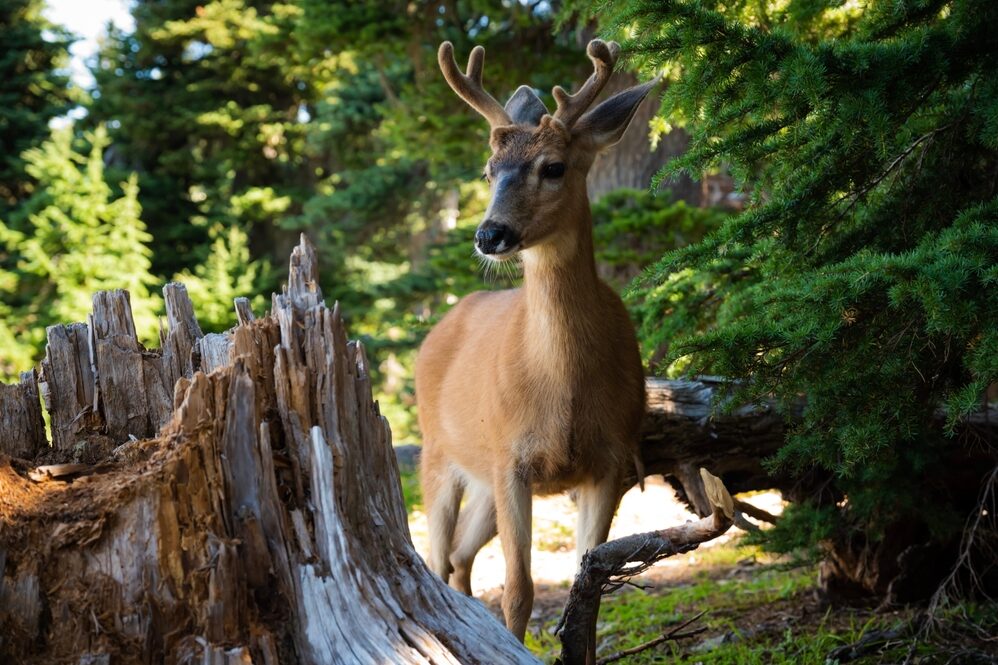
Olympic National Park is a wildlife lover’s dream, offering an incredible mix of ecosystems ranging from lush rainforests to alpine meadows and rugged coastlines. This diversity means you can see Roosevelt elk grazing beneath towering moss-covered trees in the Hoh Rainforest and, just a short drive away, spot seals and sea otters playing in the Pacific surf. Black bears are a common sight in the park, often foraging for berries along hiking trails, while bald eagles soar above the rocky shorelines, scanning for fish.
The park is also home to some of the last remaining populations of mountain goats in the Pacific Northwest, and lucky visitors may even glimpse a bobcat or a rare lynx moving silently through the underbrush. Offshore, pods of orcas can be spotted near the Strait of Juan de Fuca, making this a top destination for marine wildlife enthusiasts. The sheer variety of animals in Olympic National Park makes every visit an adventure, where every turn of the trail or shift in the tide could bring a new and unforgettable sighting.
8. Rocky Mountain National Park, Colorado
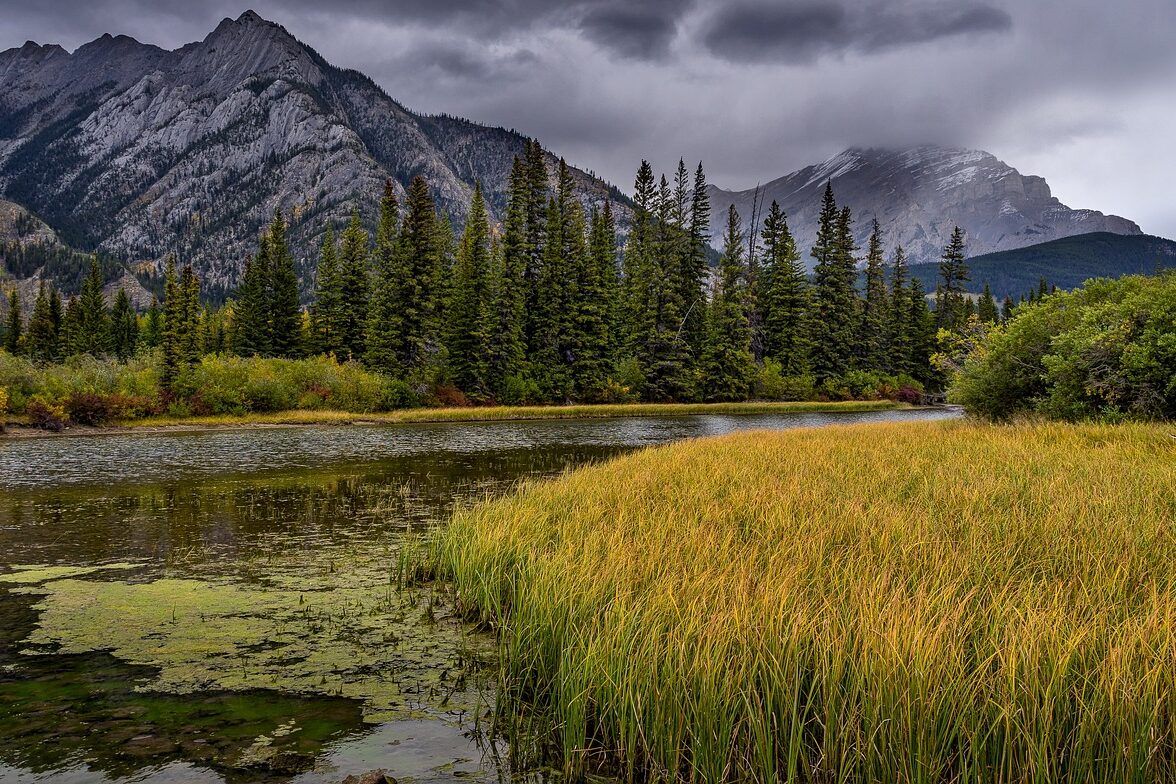
Few places in the U.S. can rival Rocky Mountain National Park when it comes to sheer wildlife spectacle. This high-altitude wonderland is home to some of the most iconic mammals in North America, including elk, moose, and bighorn sheep. In the fall, the park comes alive with the eerie sounds of elk bugling during the mating season, an experience that draws visitors from around the world. Higher up in the rocky cliffs, bighorn sheep navigate steep slopes with astonishing agility, often visible along the Trail Ridge Road.
Winter transforms the park into a quiet, snowy expanse where wildlife activity doesn’t stop—wolves, foxes, and coyotes leave fresh tracks in the snow, while bald eagles perch on bare branches, watching for movement below. Summer offers the best chance to see moose cooling off in shallow lakes or marmots sunbathing on alpine rocks. Whether you’re hiking through pine-scented forests or driving along mountain roads, Rocky Mountain National Park provides unforgettable encounters with the wild at every elevation.
9. Alligator River National Wildlife Refuge, North Carolina

If you’re looking for a place where wild animals still rule the land, Alligator River National Wildlife Refuge is one of the best-kept secrets in the country. This vast wetland ecosystem is famous for its population of red wolves, one of the rarest canines on Earth. These critically endangered predators roam the remote swamps and forests, and though they are elusive, hearing their howls echo through the trees is an unforgettable experience. The refuge is also home to black bears, often seen wandering near cypress-lined waters or foraging in open fields.
The waterways of Alligator River are equally impressive, teeming with alligators that bask on sun-drenched logs or silently patrol the edges of the marsh. Otters and beavers create an ever-changing network of dams and channels, while great blue herons and snowy egrets stand motionless in the shallows, waiting to strike at unsuspecting fish. Whether you explore by kayak or take a slow drive along the dirt roads, this refuge offers a glimpse into an ancient world where predators and prey still follow nature’s rhythms.
10. Katmai National Park, Alaska
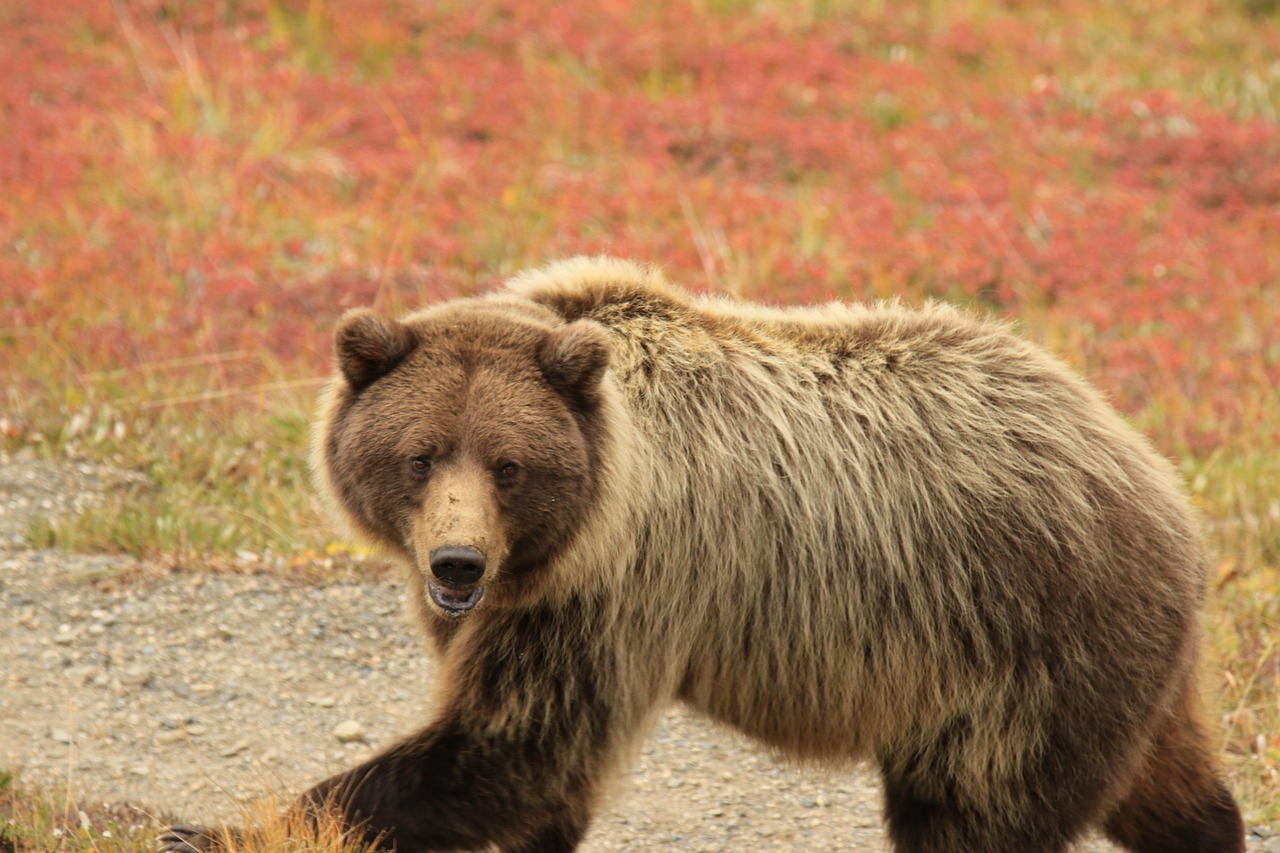
Katmai National Park is the ultimate destination for bear lovers, offering some of the best brown bear viewing opportunities in the world. Every summer, hundreds of bears gather at Brooks Falls, where they put on a dramatic display of raw power and skill, catching leaping salmon straight from the rushing waters. This annual spectacle draws nature enthusiasts and photographers eager to capture one of the most iconic wildlife moments in North America. But beyond the famous falls, the park’s remote wilderness is home to countless other natural wonders.
Volcanic landscapes dominate the park, providing a stark yet beautiful contrast to the thriving wildlife. Wolves, foxes, and moose roam the tundra, while bald eagles and puffins make their homes along the rugged coastline. The isolation of Katmai means that nature remains largely untouched, allowing visitors to witness animal behaviors that have remained unchanged for thousands of years. For those willing to venture off the beaten path, this Alaskan paradise delivers an experience that feels like stepping back into a wilder, more primal world.
11. Black Hills and Badlands National Park, South Dakota

The rugged landscapes of the Black Hills and Badlands offer some of the best wildlife encounters in the Midwest. This region is home to one of the largest remaining herds of bison, which can be seen grazing along the rolling plains of Custer State Park. The sight of these massive animals thundering across the land is a powerful reminder of the Great Plains’ wild past. Prairie dogs pop up from their burrows, chirping at passing visitors, while bighorn sheep navigate the rocky outcroppings with ease.
The Badlands’ dramatic rock formations also shelter coyotes, foxes, and even the occasional mountain lion, though these elusive predators prefer to remain hidden. During the spring and summer, the area comes alive with vibrant wildflowers, attracting butterflies and hummingbirds that add splashes of color to the rugged scenery. Whether you’re driving through the wildlife loop or hiking among ancient rock formations, the Black Hills and Badlands provide an immersive look at the resilient animals that call this unique landscape home.
12. Bosque del Apache National Wildlife Refuge, New Mexico

For bird lovers, Bosque del Apache is nothing short of a dream destination. Every winter, thousands of sandhill cranes and snow geese descend upon the refuge, creating a breathtaking spectacle as they take off in synchronized flight against the golden sunrise. The annual migration draws birdwatchers from around the world, eager to witness this natural phenomenon. But even outside migration season, the refuge teems with life, from mule deer grazing in the grasslands to bobcats stealthily moving through the reeds.
The wetlands and open plains of Bosque del Apache serve as a crucial habitat for countless bird species, including bald eagles, great horned owls, and colorful western tanagers. Coyotes are often seen trotting across the landscape, while turtles bask on sunlit logs in the shallows. The combination of water, desert, and grassland ecosystems makes this refuge an incredibly diverse place to observe wildlife. Whether you’re an experienced birder or simply looking for a quiet place to connect with nature, Bosque del Apache offers a mesmerizing glimpse into the rhythms of the .wild


